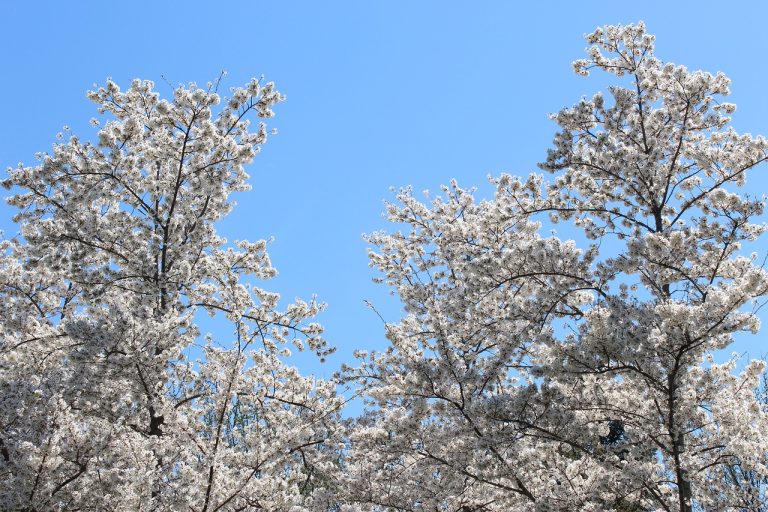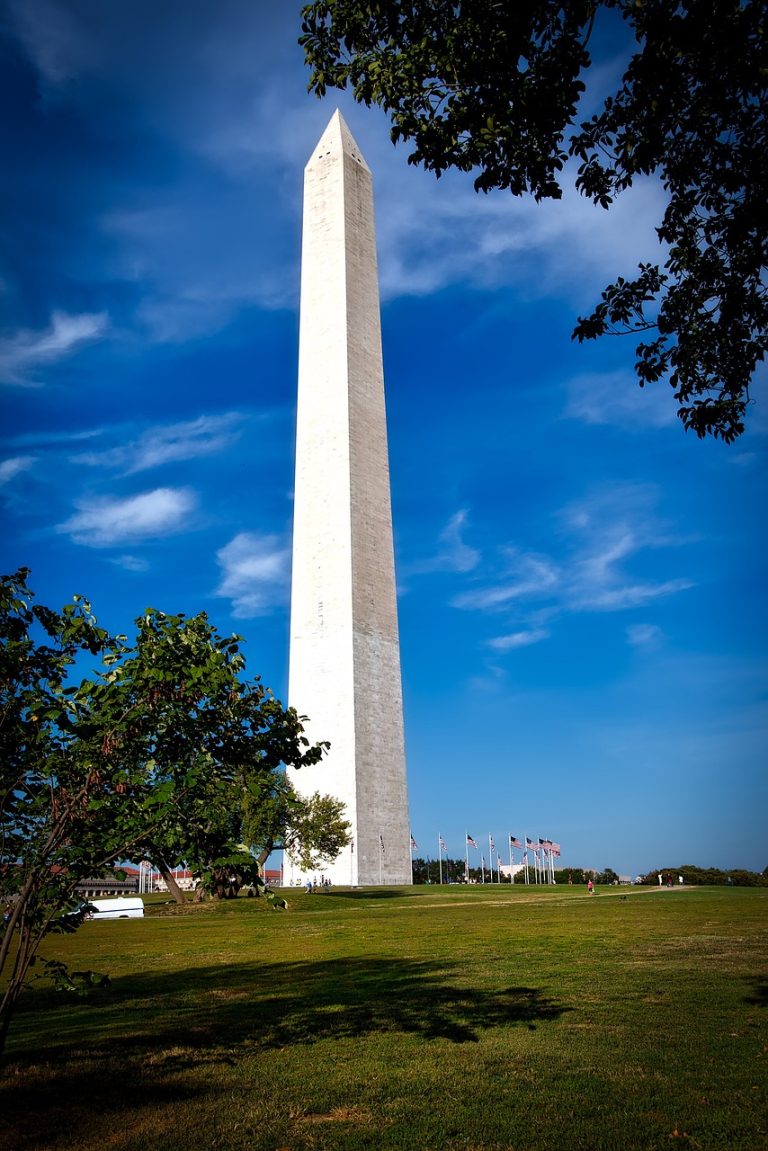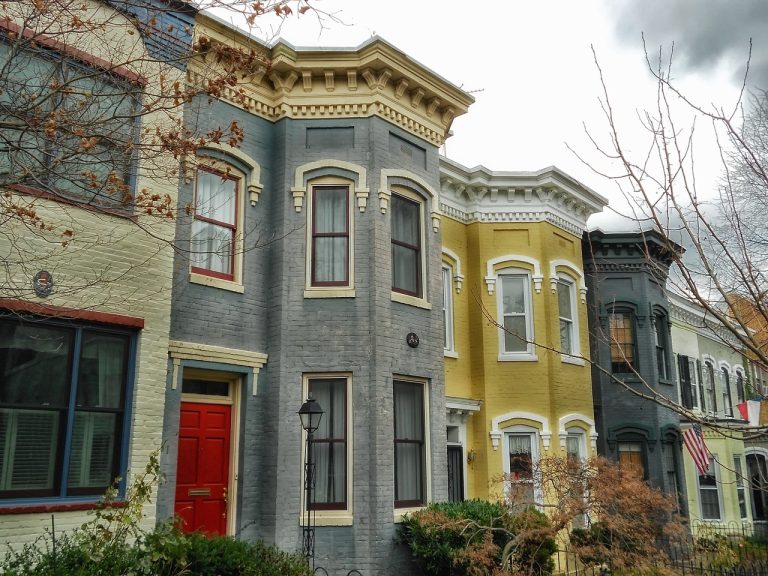Washington D.C. Video
Historical Landmarks of Washington D.C.: A Deep Dive
Washington D.C., the capital of the United States, is home to numerous historical landmarks that showcase the rich history and significance of the nation. From iconic monuments to historic buildings, each landmark tells a unique story of the country’s past. In this article, we will take a deep dive into the historical landmarks of Washington D.C., exploring their significance and historical context.
The White House
- The White House: The official residence and workplace of the President of the United States.
The White House, located at 1600 Pennsylvania Avenue NW, is one of the most iconic landmarks in Washington D.C. It has been the official residence and workplace of every U.S. president since John Adams in 1800. The building’s neoclassical architecture and historical significance make it a must-visit for tourists from around the world. The White House serves as a symbol of American democracy and is a testament to the country’s political history.
Image 1: Washington D.C.
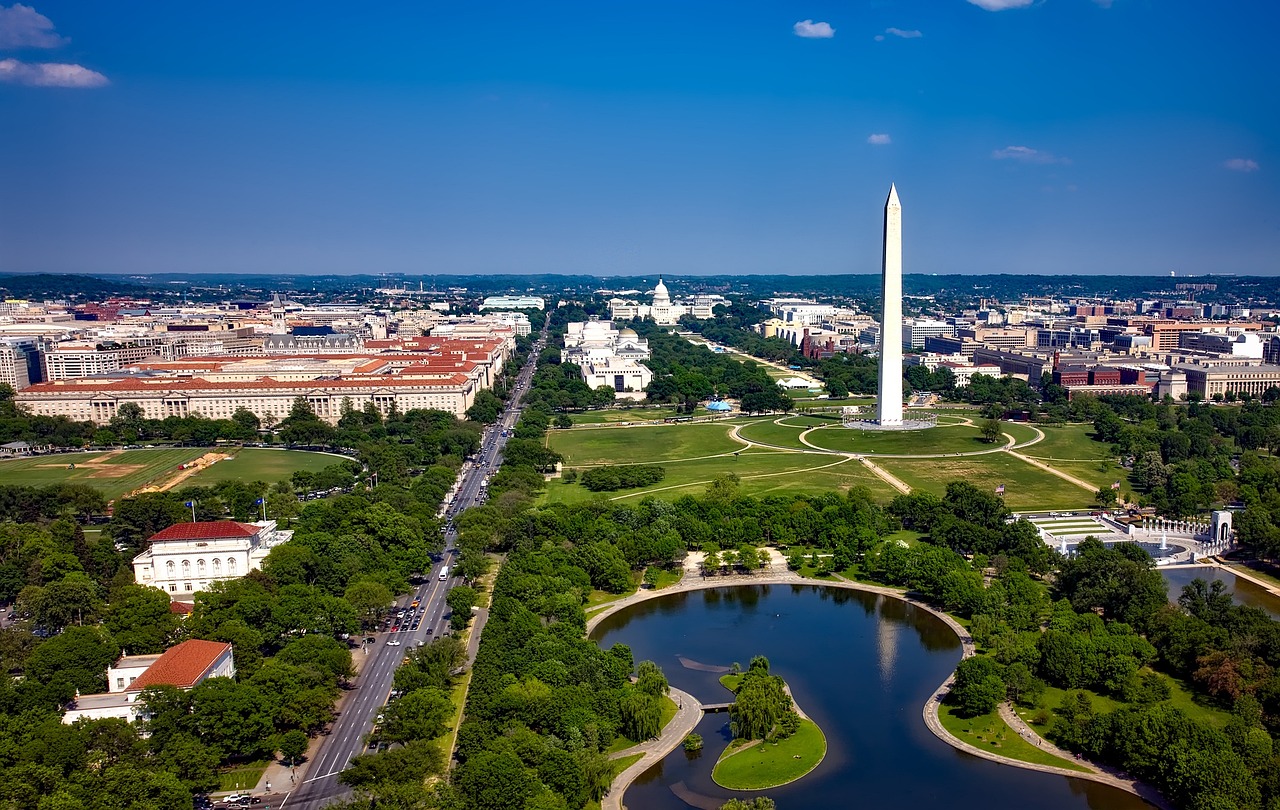
The Lincoln Memorial
- The Lincoln Memorial: A tribute to President Abraham Lincoln, known for his leadership during the American Civil War.
The Lincoln Memorial, located at the western end of the National Mall, honors the 16th President of the United States, Abraham Lincoln. Designed in the form of a Greek Doric temple, the memorial stands as a symbol of national unity and freedom. Inside, visitors can find the famous statue of Lincoln, along with inscriptions of his most notable speeches, including the Gettysburg Address. The Lincoln Memorial is a powerful reminder of the country’s history and the fight for civil rights.
The Washington Monument
- The Washington Monument: An iconic obelisk dedicated to the first President of the United States, George Washington.
The Washington Monument, standing proudly at the center of the National Mall, is an iconic symbol of the nation’s capital. Built in honor of George Washington, the first President of the United States, the monument is an impressive 555 feet tall and offers breathtaking views of the city from its observation deck. The structure’s neoclassical design and historical significance make it a popular attraction for tourists and locals alike.
Image 2: Washington D.C.

The United States Capitol
- The United States Capitol: The meeting place of the United States Congress and an architectural marvel.
The United States Capitol, located atop Capitol Hill, is the meeting place of the United States Congress. This iconic building is a masterpiece of neoclassical architecture and serves as a symbol of democracy. Visitors can explore the Capitol’s historic chambers and witness the legislative process in action. The Capitol also houses a vast collection of art and historical artifacts, making it a must-see destination for history enthusiasts.
The Jefferson Memorial
- The Jefferson Memorial: A tribute to Thomas Jefferson, the third President of the United States and the principal author of the Declaration of Independence.
The Jefferson Memorial, situated on the Tidal Basin, is a stunning tribute to Thomas Jefferson’s contributions to American democracy. The memorial’s design is inspired by the Pantheon in Rome and features a larger-than-life statue of Jefferson surrounded by excerpts from his writings. The serene setting of the memorial, combined with its historical significance, makes it a popular spot for reflection and contemplation.
Image 3: Washington D.C.
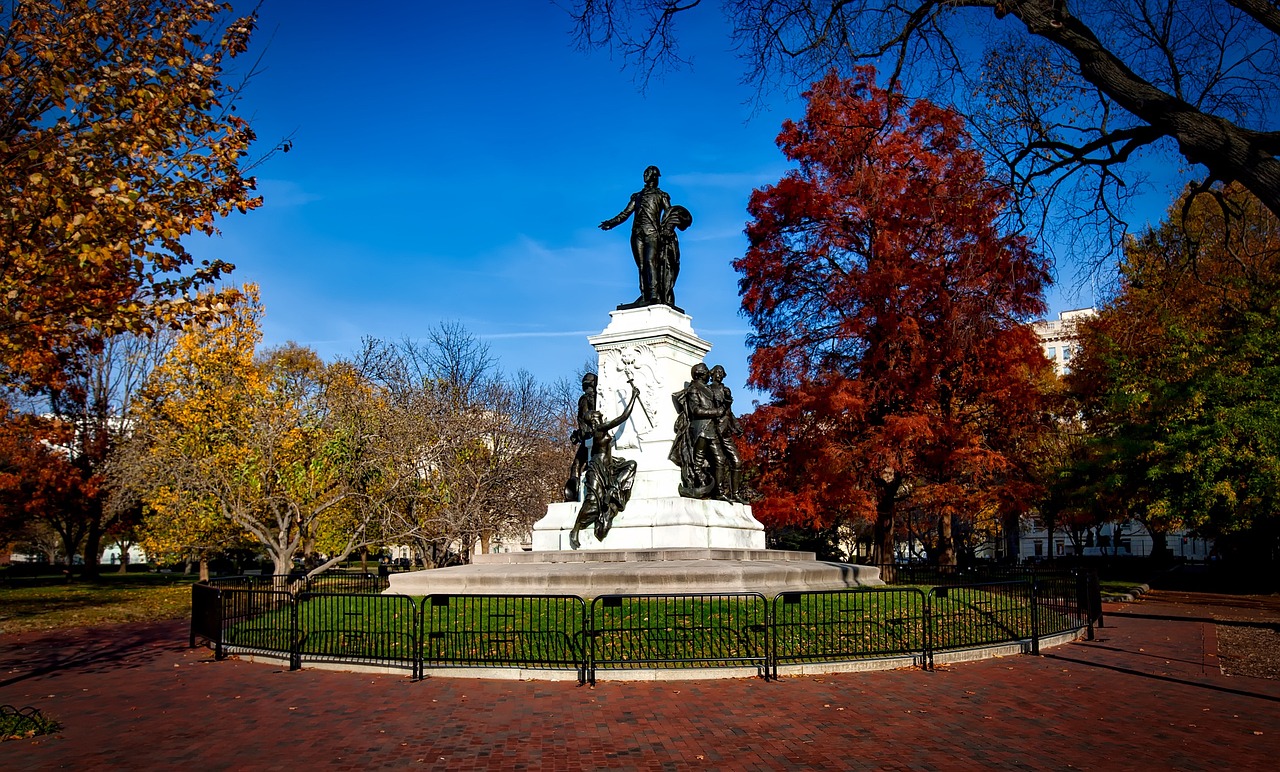
The National Archives
- The National Archives: Houses the country’s most important historical documents, including the Declaration of Independence and the U.S. Constitution.
The National Archives is home to some of the nation’s most vital historical documents. Located on Constitution Avenue, it houses the original copies of the Declaration of Independence, the U.S. Constitution, and the Bill of Rights. Visitors can explore the Archives’ exhibits and learn about the country’s founding principles and the evolution of American democracy. The National Archives serves as a reminder of the importance of preserving and protecting the nation’s heritage.
The Smithsonian Institution
- The Smithsonian Institution: The world’s largest museum, education, and research complex.
The Smithsonian Institution is a vast network of museums, galleries, and research facilities that covers a wide range of topics, including art, history, culture, and science. Located throughout Washington D.C., the Smithsonian offers visitors the opportunity to explore diverse collections and exhibitions. Some of the most notable Smithsonian museums include the National Air and Space Museum, the National Museum of American History, and the National Museum of Natural History. The institution’s commitment to education and research makes it a valuable resource for both locals and tourists.
The Supreme Court
- The Supreme Court: The highest court in the United States and the final arbiter of the nation’s laws.
The Supreme Court of the United States, located on Capitol Hill, is the highest judicial authority in the country. This neoclassical building houses the nine justices who serve as the final arbiters of the nation’s laws. Visitors can attend oral arguments and witness the court’s proceedings, gaining insight into the judicial process. The Supreme Court’s decisions shape the legal landscape of the country, making it an essential institution in American governance.
The National Mall
- The National Mall: A historic park and a gathering place for national celebrations and protests.
The National Mall, stretching from the Capitol to the Lincoln Memorial, is a historic park that serves as a central gathering place for national celebrations and protests. It is home to several iconic landmarks and memorials, including the Washington Monument, the Vietnam Veterans Memorial, and the Korean War Veterans Memorial. The open green spaces of the National Mall offer a peaceful retreat in the heart of the city and provide a backdrop for various events and festivals throughout the year.
The Library of Congress
- The Library of Congress: The largest library in the world and a repository of knowledge and cultural heritage.
The Library of Congress, located on Capitol Hill, is the largest library in the world and a treasure trove of knowledge and cultural heritage. It houses millions of books, manuscripts, maps, and recordings, representing a vast array of subjects and languages. Visitors can explore the library’s exhibitions and attend lectures and events that celebrate literature, history, and culture. The Library of Congress is a testament to the importance of preserving and sharing knowledge for future generations.
References:
- White House: whitehouse.gov
- Lincoln Memorial: nps.gov/…/lincoln-memorial.htm
- Washington Monument: nps.gov/…/washington-monument.htm
- United States Capitol: visitthecapitol.gov
- Jefferson Memorial: nps.gov/…/jefferson-memorial.htm
- National Archives: archives.gov
- Smithsonian Institution: si.edu
- Supreme Court: supremecourt.gov
- National Mall: nationalmall.org
- Library of Congress: loc.gov




